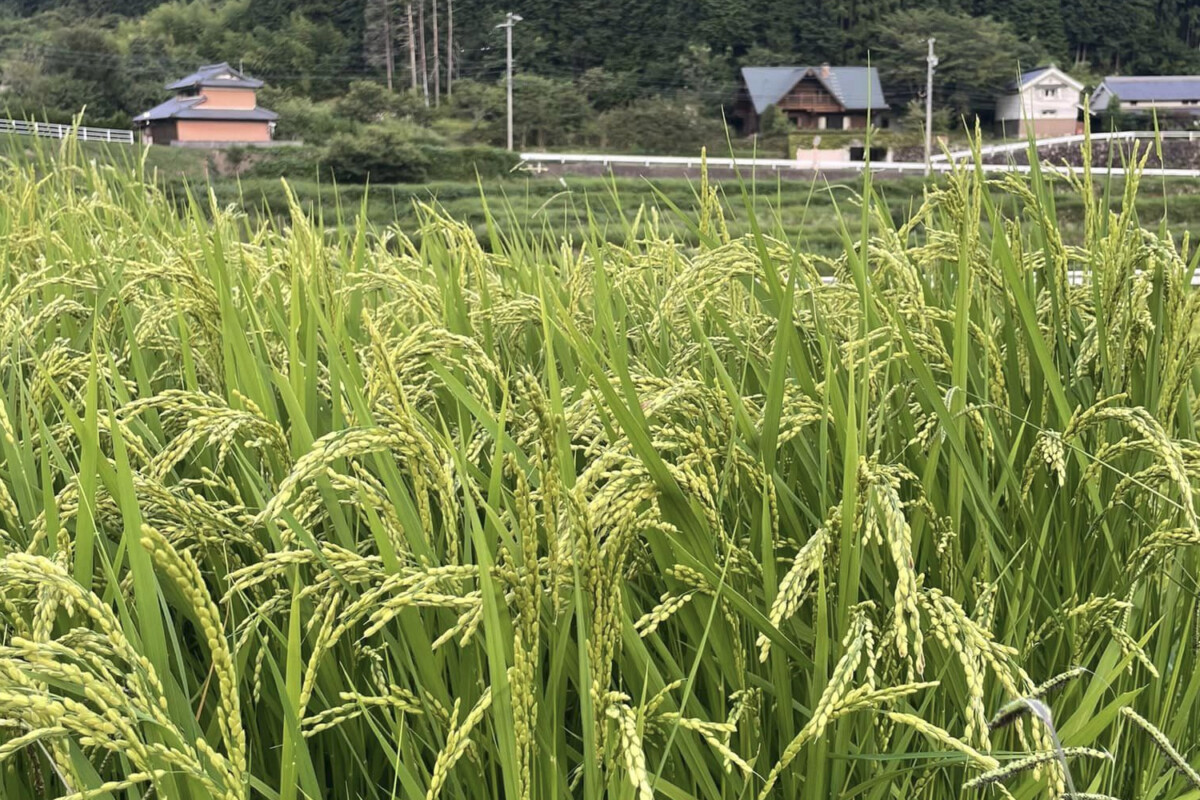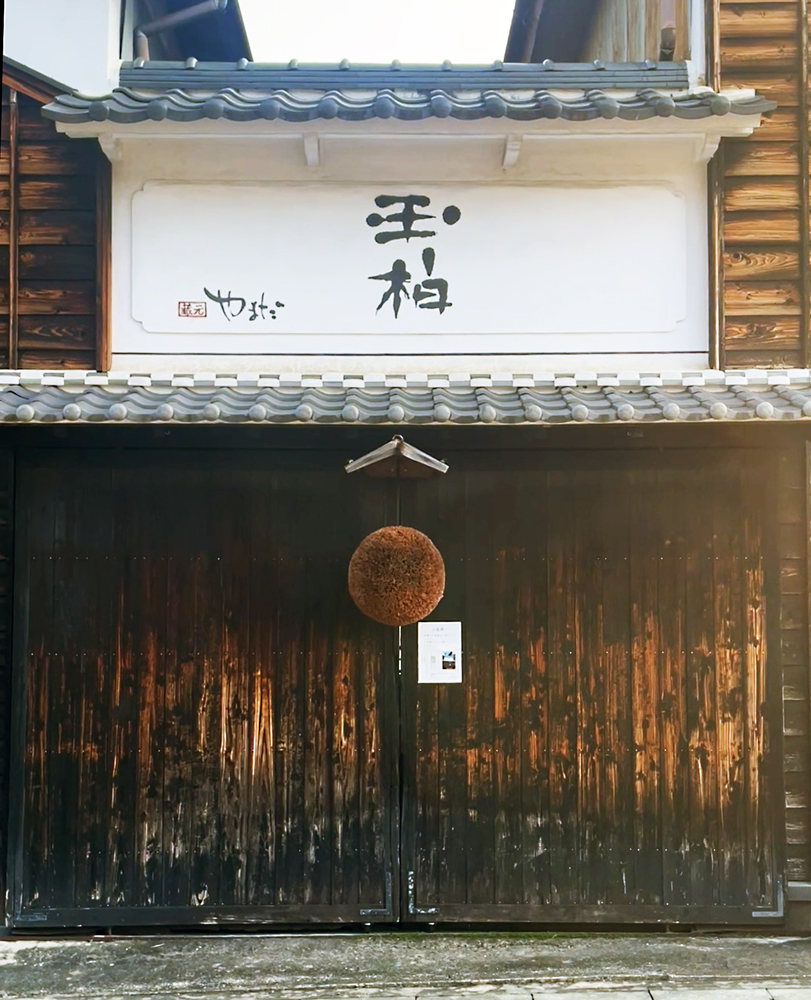Enjoy local sake from two sake breweries in Yaotsu Town
Since the quality of the brewing is greatly affected by water, sake brewers pay close attention to maintaining the source of the water. Preserving a rich natural environment at the water source positively impacts sake production.
The connection between nature, the environment, and traditional industries, our livelihood depends on the protection of the water cycle.
The abundant natural environment of Yaotsu Town has not only contributed to the development of the brewing industries like sake production but has also provided us with an environmentally driven lifestyle.
Let’s trace the journey from the rice cultivated using rich soil and the delicious water nurtured by the forest to the hand-crafted creation of sake.
The rice paddies help to purify the water and also contribute to nurturing the living environment.

“When water is filled in the rice paddies, tiny plankton organisms emerge, attracting aquatic insects, snails, loaches, and other creatures that feed on them. Along the ridges of the paddies, insects like grasshoppers and frogs can be seen, drawing birds that prey on them, thus creating a complete ecosystem.
In this way, rice paddies become habitats for a diverse range of organisms.
Moreover, the water in the paddies undergoes filtration through the soil layers, becoming cleaner as it infiltrates into the ground and flows from the fields to rivers.
Rice paddies constantly hold water and continuously send water underground. As surface water gradually seeps into the soil “recharging” it and storing it as groundwater in the aquifer.
This groundwater also plays a role in stabilizing the flow of rivers.
Additionally, rice paddies help maintain a constant level of groundwater, preventing land subsidence, controlling floods and landslides, and releasing water vapor to moderate temperature rise.
【Experience 01】Around 20 years ago, driven by a desire to do something about the fallow fields.
Environmental Conservation of Rice Paddies Through Sake Rice Cultivation – [Hanamori Shuzo]Aoyagi Youth Corps”, a group of young people living in Kutami, have their jobs but work together to create sake brewed using sake rice grown proudly in the highlands with passion. This sake is “Kutami” Mr. Masahide Ido, born to a part-time farming family in Kutami, had the basic skills for rice paddy cultivation, but only about ten percent of his peers in the local area had experience with rice planting. Faced with the reality of the lack of technical succession and the increasing number of fallow fields, he decided that simply engaging the younger generation in rice paddy cultivation would be meaningful. Thus, he took the initiative to grow sake rice.
Registration Currently accepting applications.【Experience02】Experience of Making “Sugi-dama” from Cedar Trees Grown in the Mountains of Yaotsu
Experience Feeling the Connection Between Forests, Water, and People – [Kuramoto Yamada]
“The ‘Sugi-dama,’ hung outside sake breweries and similar establishments, is a symbol that announces the completion of new sake production. It is adorned with the wish for ‘delicious sake has been made.’
Made from cedar trees grown in rich soil and nurtured by pristine forest water, the sake, crafted by human hands, is signified by the cedar ball from the forest. Its role symbolizes the interconnectedness and cyclical nature of life in the Satoyama, where nature and human life influence each other.
Why not join the Sugi-dama Making Experience Tour using cedar trees grown in the mountains of Yaotsu? Experience the connection between forests, water, and people, and savor the delicious sake born from this harmony.
Registration Currently accepting applications.